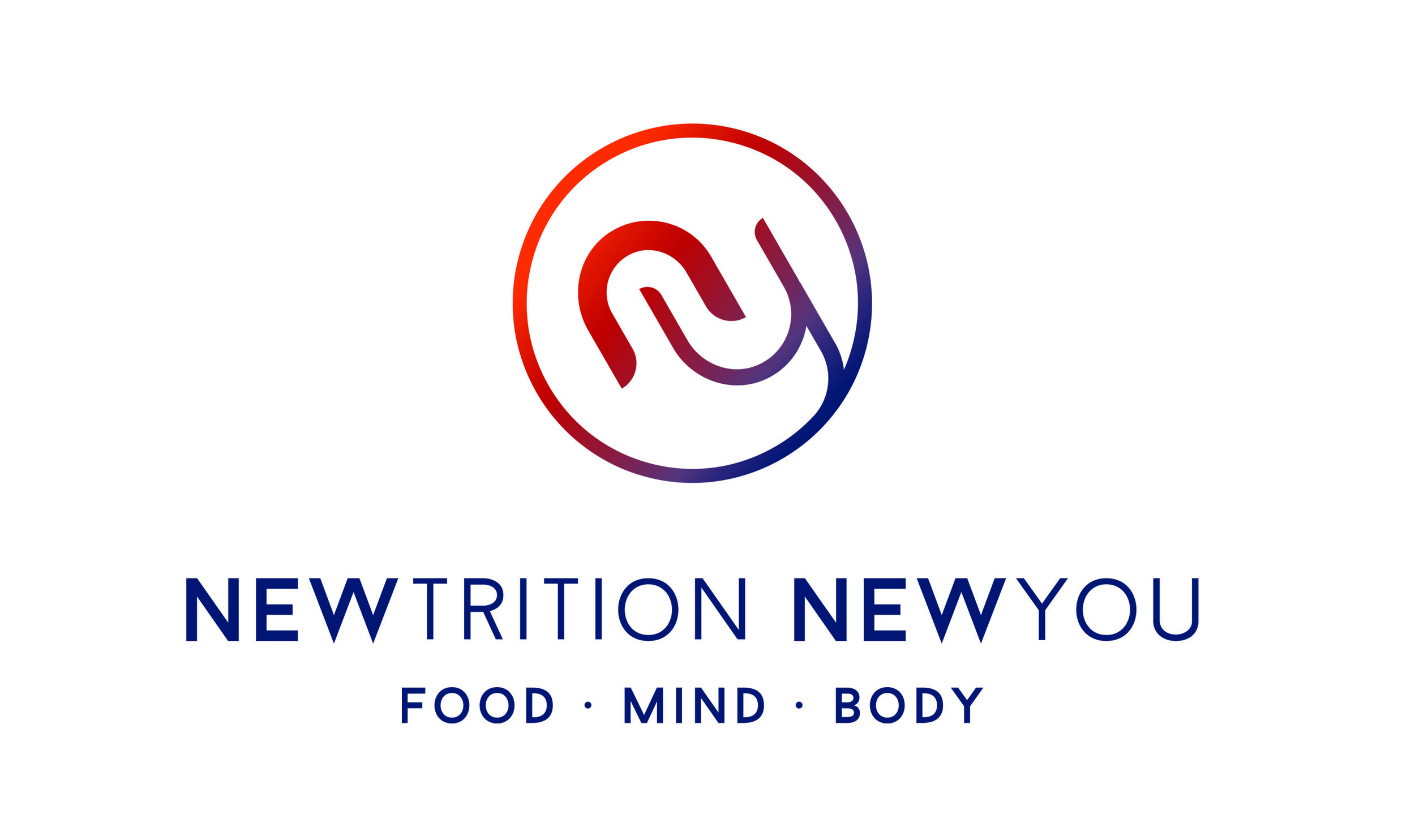IN WITH THE NEW: Car Fresheners
Welcome to my weekly featured ”IN WITH THE NEW” CLEAN SWAP! This week we are taking a closer look at car fresheners.
I’m always fielding questions from clients and friends about how they can swap out some of their favorite products for safer, toxin-free options without a loss in quality, taste, or performance (depending on the product). Every week, I cover food, cosmetics, personal care, cleaning and laundry products, and even behavior, so if you enjoy these Clean Swaps, please follow me on Instagram and sign up for my 360° OF WELLNESS Newsletter (⬅️by clicking on this link to the left) so that you never miss a new one.
LET’S TALK CAR FRESHENERS🚙🌲👃
You spend a lot of time in your car, and after a couple of years, your gym bag, the Indian take out you get every Thursday night, and your toddler’s motion sickness have done a number on your new car smell. So what do you do? Drive directly to the car wash and grab one of those Car-Freshner Little Trees in New Car Smell, of course… or a deodorizing spray, or that Febreze vent clip. That should do the trick, right? But at what cost?
SO WHAT’S SO BAD ABOUT CAR FRESHENERS? 💁♀️
Let’s start with the fact that air fresheners aren’t really “freshening” anything. They simply mask stinky smells by dousing the air with a toxic cocktail of chemicals. These chemicals enter the body through the skin and lungs, bypassing the organs whose job it is to rid your body of toxins, and rapidly enter the blood stream.
The scary part is that we may never know exactly to which chemicals are exposing ourselves. It's literally impossible to track down a full list of ingredients for most air fresheners sold in the U.S., because there is absolutely no requirement for companies to disclose them… so why in the world would the companies ever fess up that the chemicals you’re inhaling from that “Bold Embrace” scented Little Tree (and WTF does that even smell like!?) are hazardous to your health?
For example, although Febreze Air Effects air freshener discloses only a few ingredients on its label, an EWG study of cleaning supplies detected a total of 89 airborne contaminants. And a University of Washington study found that eight widely used air fresheners released an average of 18 chemicals into the air. One in five of these chemicals were found to be hazardous substances, and half of the products tested released acetaldehyde, a likely human carcinogen according to the EPA.
According to Science Direct, “from an indoor air quality perspective, air fresheners have been indicated as a primary source of volatile organic compounds. From a health perspective, air fresheners have been associated with adverse effects, such as migraine headaches, asthma attacks, mucosal symptoms, infant illness, and breathing difficulties.”
So what kinds of chemicals are likely lurking in that Little Tree that make me nauseous every time I have to get into an Uber that has one dangling from its rear view mirror?
🚫 FRAGRANCE is a term used to hide hundreds of dangerous, synthetic chemicals because they’re considered “trade secrets.” Even "fragrance-free" or "unscented" products may contain fragrance along with a masking agent that prevents the brain from perceiving odor.
🚫 PHTHALATES are usually concealed within the ingredient, “Fragrance,” but they are powerful hormone disruptors linked to pre-term births, birth defects, decreased sperm counts, reduced female fertility, and a worsening of allergy and asthma symptoms.
🚫 FORMALDEHYDE (aka quanternium-15) is classified as a “probable human carcinogen” and can cause a burning sensation in the eyes, nose and throat as well as coughing, wheezing, nausea and skin irritation.
🚫 BHT (Butylated Hydroxytoluene) is a toluene-based ingredient (toluene was rated 37th most toxic chemical by the federal Agency for Toxic Substances and Disease Registry in 1992) that’s used as a preservative. It can mimic estrogen and is a known endocrine disruptor. It is also a possible carcinogen and has been linked to developmental and reproductive toxicity.
🚫 ACETALDEHYDE is classified as a “likely human carcinogen” and is connected to allergies, asthma, cancer, and skin and respiratory irritation. It can also cause harm to our reproductive systems.
READY FOR the CLEAN SWAP?🙋♀️
CALIFORNIA HOME GOODS Bamboo Charcoal Air Purifying Bags
Try opening a window, running the fan, or getting your stinky sneakers out of the back of the car. But if that doesn’t work, check out California Home Goods Bamboo Charcoal Air Purifying Bags. Their specially formulated carbon activated bamboo charcoal naturally removes odor and purifies air without any chemicals. They also prevent mold and mildew, kill bacteria, reduce allergy-causing pollutants, and work on tough odors like stinky animals and even your gym socks. Best of all they work anywhere (e.g., your car, gym bag, the inside of your shoe, or that dreaded room where the litter box lives) and are reusable for up to 2 years!
Do you have a favorite clean brand?
Send me a message or leave a comment below and share what it is. If I feature it, I’ll give you credit and may even send you a free gift!
If you enjoyed this weeks’s Clean Swap, share it with a friend and sign up for my 360° OF WELLNESS Newsletter (below) so you never miss a new one.e.











